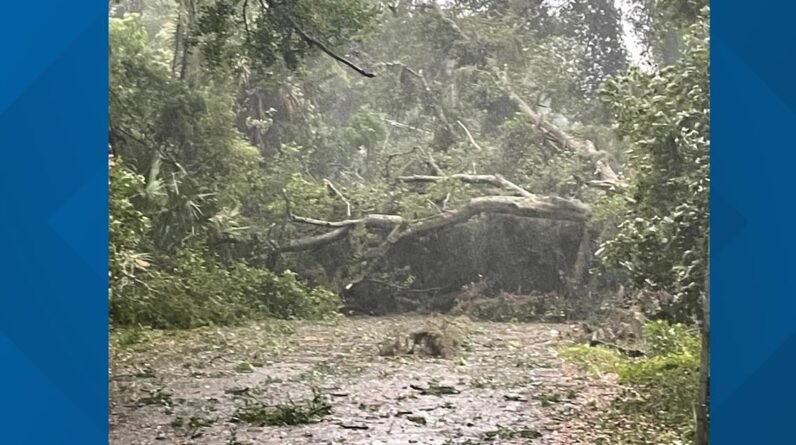
So far this month, two kids died, and two others have been hit by drivers while walking or biking in Duval and St. Johns counties.
ST JOHNS, Fla. — A series of traffic injuries and fatalities involving children in northeast Florida is bringing attention to pedestrian safety.
So far this month, two kids died, and two others have been hit while walking or biking in Duval and St. Johns counties.
Long time city planner and author of “Walkable City” Jeff Speck said the United States is experiencing a pedestrian-traffic epidemic.
He said Jacksonville’s roads are particularly dangerous because they’re made for drivers, not walkers or bicyclists.
“It’s very common in Florida to have lanes in your streets that are 11 or 12 feet wide,” he said. “Twelve feet is a highway width lane. It’s a 70 mile an hour lane. There’s no reason to have a 12-foot lane in an area where the speed limit is 35 miles an hour or 30 miles per hour.”
A 12-year-old boy was hit by a car and died after running from a dog while walking to his bus stop in Jacksonville earlier this month.
Then a St. Johns County fifth grader was killed by a driver that struck him as he rode his bike.
Speck recommends cities start moving toward walkability by auditing streets where people walk and analyze what needs to be changed.
“How many lanes are in the road? Is it the number that’s demanded by traffic or perhaps do you have extra? Because each extra lane is causing extra speed and extra time to cross,” he said.
Also this month, a 4-year-old on Jacksonville’s southside was taken to the hospital after a driver hit the child.
On Tuesday, a Tocoi Creek High School student was walking his bike home when another student driving at a slow speed hit him. The St. Johns County Sheriff’s Office said he was not injured.
Speck said when he visits a city with traffic concerns, he looks for signals that could be stop signs and one-way streets that could be two-way streets instead.
Adding bicycle infrastructure is a priority where it’s safe, Speck said.
He believes for walkability to be effective, people must make the choice to walk or bike instead of driving.
Speck said cities need to intentionally target problem areas to work on.
“Places where people are living and working is causing there to be a group of people that have a reason to walk,” Speck said. “Find those places and then attack those first, and then of course, look where the people are getting hit, look where the people are dying.”







